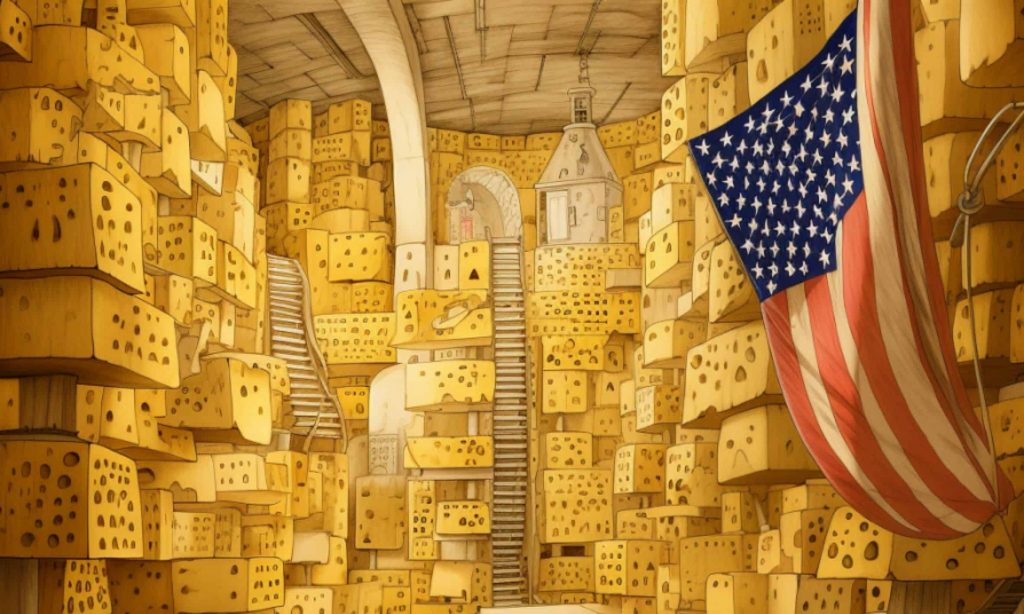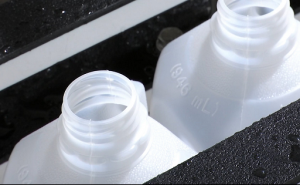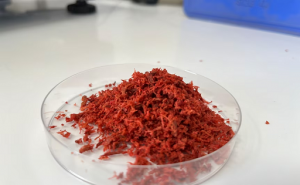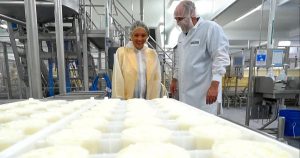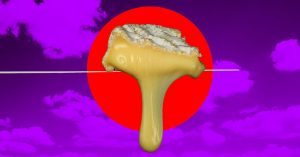
Any American who has been around long enough to taste a slice of “government cheese” can tell you that. While the phrase sounds surreal, and is often used as a derogatory shorthand for any form of welfare, the original concept of government cheese lives on today in a very literal way. Unbeknownst to many, the United States currently stockpiles somewhere in the range of 1.4 billion pounds of cheese in cold storage caves hundreds of feet below the ground, mainly in Missouri. That’s a lot of cheese. What’s it doing there and how did it get there? The story of government cheese is nearly a century old and it all starts with … well, a bit too much spilt milk…
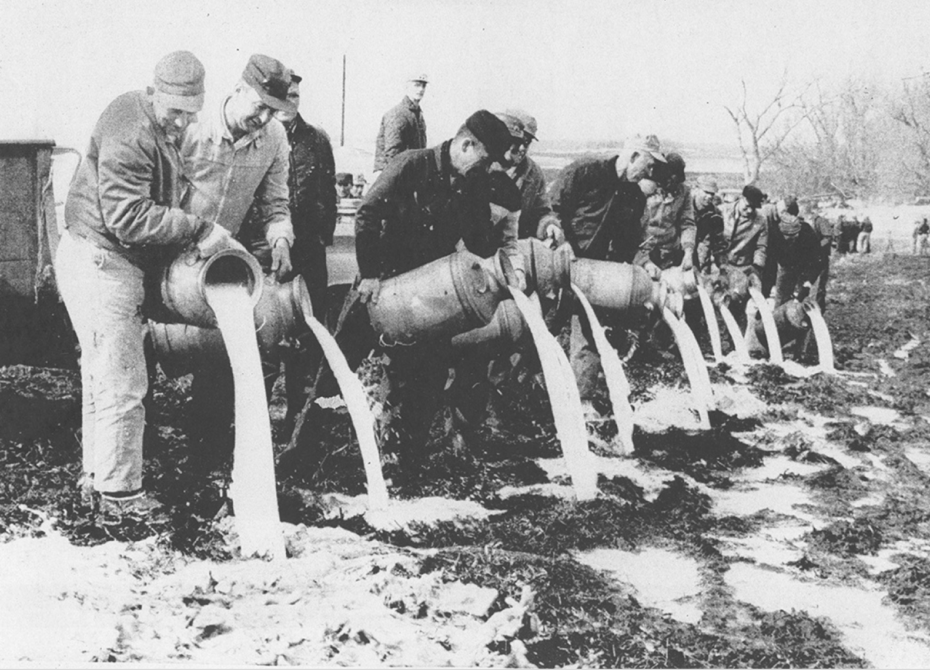
The 20th century was a roller coaster ride for everything dairy. At the height of the Great Depression, it was the farming industry that was hit the hardest. Dairy farmers, who had seen their incomes drop by two-thirds, resorted to destroying their own milk, ceremoniously dumping gallons of it in the street in a desperate attempt to boost prices by reducing supply. The New Deal was then enacted to help Americans from all walks of life, particularly in rural America – and one of the products of it was the Commodity Credit Corporation, or CCC, a government-owned corporation with the power to buy agricultural products at great scale, to help farmers and keep food prices stable. By the 1940s, everyone felt a lot better about drinking milk, as homes across the country adopted the modern convenience of the household refrigerator, bringing refrigerated pasteurized milk to the masses. Still, the government’s attempt to support rural America was continued long after the Great Depression, buying up surplus storable dairy products off the open market — butter, cheese and nonfat dry milk — at support prices through the Commodity Credit Corporation.
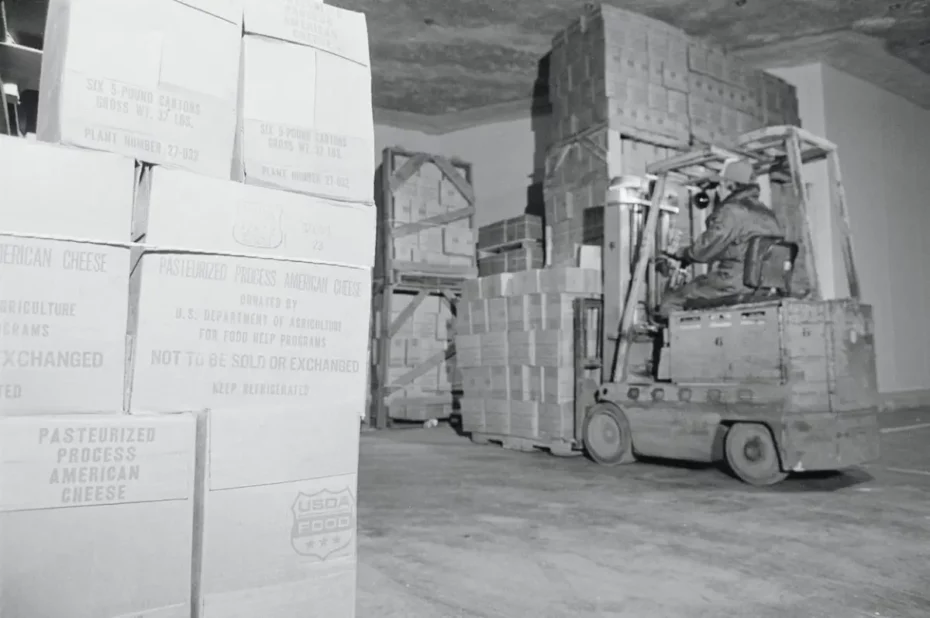
By the early 1970s, there was a domestic dairy shortage and as a result, prices shot up. The energy crisis sent food prices soaring – and sent President Jimmy Carter looking for a way to bring them down. Among other measures, Carter enacted a massive, $2 billion (in 1970s money!) subsidy for the dairy industry and it suddenly became very profitable to produce milk. By the time the 1980s rolled around, farmers had produced way too much of it, which was then turned into way too much cheese. Government cheese.
The CCC was there at the ready to buy up all that the farmers would sell them. And what’s a cheese-rich government to do? Give it away, packaged in easily distributed five-pound blocks. Some of the government cheese was distributed to food banks, while some was used for school lunches (if you ever had a cheeseburger in a public American school in the late 1970s or early 1980s, you probably had a slice). More was delivered to needy seniors as part of food parcels and still is to this day.
But all of this cheesy goodness could not last. The Reagan years brought in a conservative trend in American life – and a campaign to roll back agricultural subsidies and get people to stop eating government cheese, both figuratively and literally. The public turned sharply against government cheese when “Agriculture Secretary John R. Block showed up at a White House event with a five-pound block of greening, moldy cheese and showed it to the press. “We’ve got 60 million of these that the government owns,” he said. “It’s moldy, it’s deteriorating … we can’t find a market for it, we can’t sell it, and we’re looking to try to give some of it away.”
Instead, the dairy farmers, rather than having their product directly subsidized by the government, were set to become beneficiaries of a federally-supported advertising campaign, much like the one created for Florida orange juice and other citrus products.
So, where were these brand-new government ads for non-government cheese? Well, America’s Dairy Farmers, the beneficiaries of the ad subsidies, had a different question to present to the nation. That question, famously, was, Got milk?
In an iconic ad campaign, celebrities throughout the 90s sported milk mustaches, expecting viewers to believe that, rather than reaching for a soda, coffee, or perhaps an alcoholic refreshment, America’s favourite actors, athletes, musicians, and more, were drinking milk. A young Michael Bay (famed action-film director and producer of such hits as Transformers, Armageddon and Bad Boys) directed one of the earliest commercials in 1993:
The campaign, surprisingly, was a hit. As with the “government cheese” being served in public schools, much of the “Got Milk,” campaign was aimed at school-aged children, piggybacking off the idea that milk, with its high calcium content and 90s-friendly low-fat variations, was an ideal substance for encouraging healthy childhood growth. To this day, milk must be offered at every meal if a United States school district wishes to get reimbursement from the federal government.
The California Milk Processor Board (the same organization that launched ‘Got Milk?’) also launched a campaign centered around a fake rock star called “The Battle for Milkquarious”, a 22-minute-long rock opera that was marketed as “the most amazing rock opera ever made about milk.” As it happens, that particular campaign was considerably less successful.
Sadly, all good things – even photographs of the Friends cast sporting milk mustaches – must come to an end. America had less of an appetite for milk, making way for a new trend in American dairy consumption – the Cheese Craze. Stuck with surplus of whole milk and milk fat again, “in a series of confidential agreements approved by agriculture secretaries in both the Bush and Obama administrations, Dairy Management has worked with restaurants to expand their menus with cheese-laden products” (New York Times). Unlike the era of government cheese, this was a trend for what might be called privatized cheese enthusiasm. There was an old-new game in town for American dairy, and it was creamy, melty, and coming to a restaurant near you. Think Domino’s cheese stuffed pizza crust and Taco Bell’s Triple cheese quesadillas. The US Department of Agriculture paid for a $12 million marketing campaign for Domino’s to develop a new line of pizzas with 40% more cheese. In total, the USDA has spent $47.1 million to get some of that extra cheese off the market, buying up roughly 22 million pounds of it since 2016, according to a USDA spokesperson. Domino’s and other pizza franchises made deals with public school districts too and “Pizza Fridays” became a thing – yet another cultural phenomenon of government cheese. Is it any surprise that Americans now eat three times more cheese than they did in the 1970s?
Today, Springfield Underground is still what it was repurposed to be 50 years ago – a government-owned storage facility for dairy products, especially cheese. Springfield, like much of the rest of Missouri, is home to a variety of natural caves and caverns. The caves in Springfield are cool, dry and dark – rather like a refrigerator. Springfield Underground is home to 3.2 million square feet of storage space, much of it leased to commercial food companies, including Kraft, of macaroni dinner fame. In Springfield Underground, there are rows and rows and rows of cheese – some private, a lot of it – too much of it – government-owned, but above all, it is American cheese, in every possible way.
